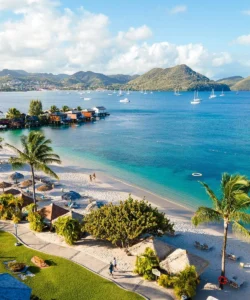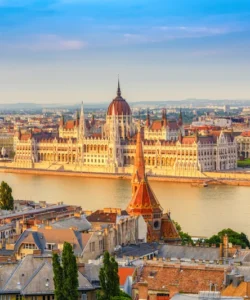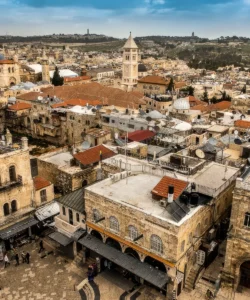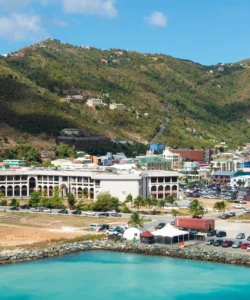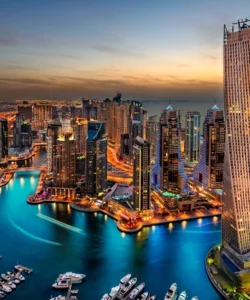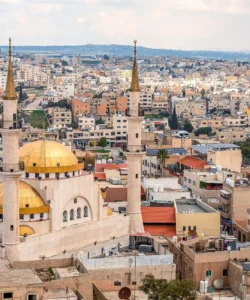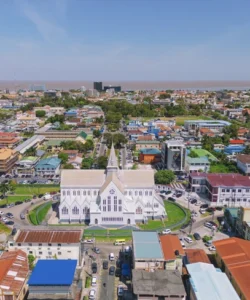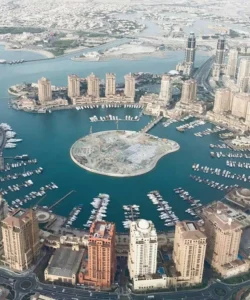South Georgia and the South Sandwich Islands are a British Overseas Territory located in the South Atlantic Ocean, characterized by extreme remoteness, rugged beauty, and an incredible abundance of wildlife. They are often considered the “Galapagos of the Southern Ocean” due to their immense biodiversity.
![]()
Here’s a detailed overview:
- Area: South Georgia itself is approximately 3,755 km² (1,450 sq mi), with the entire territory including the South Sandwich Islands covering about 3,903 km² (1,507 sq mi).
- Population: There is no permanent human population. The islands are inhabited seasonally by a small number of scientific research staff from the British Antarctic Survey (BAS) at King Edward Point and Bird Island, as well as government officials and museum staff. The population fluctuates, with more people present during the austral summer.
- Language: English.
- Currency: Falkland Islands Pound (FKP), though British Pounds (GBP) are also accepted.
- Religion: There is a Norwegian Lutheran Church at Grytviken, a relic of the whaling era, but no resident religious ministers.
- Capital: King Edward Point (Grytviken is the historic whaling station and museum nearby).
- Major Cities/Towns: None, only research stations and the historic settlement of Grytviken.
Attractions & Wonders:
The primary attractions are the staggering wildlife concentrations and the dramatic, glaciated landscapes. This is a destination for expedition cruise passengers and scientists.
- King Penguin Colonies: South Georgia is home to some of the largest king penguin colonies in the world, with hundreds of thousands of birds gathering on beaches like St. Andrews Bay, Salisbury Plain, and Gold Harbour. Witnessing this spectacle is often the highlight of any visit.
- Elephant Seals and Fur Seals: Massive southern elephant seals haul out on the beaches in enormous numbers, especially during breeding and molting seasons. Antarctic fur seals also abound, with the island hosting an estimated 95% of the world’s population.
- Albatrosses: Prion Island is a protected breeding ground for the majestic wandering albatross, with their impressive wingspans. Other albatross species, such as black-browed and light-mantled sooty albatrosses, are also abundant.
- Grytviken Whaling Station: A poignant historical site of a former Norwegian whaling station, now largely abandoned. Visitors can explore the ruins, see the small Norwegian Lutheran church, and visit the South Georgia Museum, which tells the story of whaling, sealing, and Antarctic exploration.
- Sir Ernest Shackleton’s Grave: The famous Antarctic explorer Sir Ernest Shackleton is buried in the cemetery at Grytviken. Many visitors pay their respects at his grave.
- Fortuna Bay: Known for its large king penguin colony and as part of Shackleton’s historic traverse across the island.
- Glaciers and Fjords: The island’s interior is dominated by snow-capped mountains and numerous glaciers, creating breathtaking fjords like Drygalski Fjord. Zodiac cruises offer close-up views of these icy landscapes.
- South Sandwich Islands: These are a chain of eleven small, active volcanic islands to the southeast of South Georgia. They are even more remote and largely inaccessible for landings due to volcanic activity and harsh conditions, but they can sometimes be seen from expedition vessels, offering glimpses of chinstrap and Adélie penguin colonies.
Architecture:
The architecture is primarily functional and historical.
- Whaling Station Remains: Grytviken features the decaying industrial structures of the former whaling station, including processing plants, factories, and residential buildings from the early to mid-20th century.
- Grytviken Church: A small, picturesque Norwegian Lutheran church built by whalers in 1913, one of the few well-preserved structures.
- Research Stations: Modern, utilitarian buildings designed for scientific research and support, built to withstand the harsh Antarctic environment.
Roads:
There are essentially no public roads on South Georgia and the South Sandwich Islands. Access to landing sites is typically via Zodiac boats from expedition cruise ships. Travel within the islands is limited to designated walking routes for visitors or specialized transportation for researchers.
Hotels & Restaurants:
There are no hotels or public restaurants in South Georgia and the South Sandwich Islands. Visitors stay on their expedition cruise ships, which provide all accommodation and meals. The only “lodging” on land are the research stations, which are not open to the public for overnight stays.
Cuisine:
As there are no public restaurants, visitors eat on their cruise ships, which typically offer international cuisine adapted for expedition travel. For the small number of resident personnel, meals are prepared at the research stations. Any “local” cuisine would involve simple preparations of supplies brought in from outside.
Unique Features:
- Extreme Remoteness: One of the most isolated places on Earth, accessible almost exclusively by expedition cruise ships from Ushuaia, Argentina, or the Falkland Islands.
- Wildlife Haven: A globally significant breeding ground for millions of penguins, seals, and seabirds, a testament to successful conservation efforts after periods of intense sealing and whaling.
- Historic Significance: Plays a crucial role in the history of Antarctic exploration, particularly related to Sir Ernest Shackleton’s epic survival journey.
- Sub-Antarctic Climate: Cold, maritime climate with frequent strong winds, rain, and snow, even during the summer months (November to March), when temperatures range from 0°C to 10°C. Winters are colder, with temperatures between -5°C to 5°C, and more extensive ice cover.
- Volcanic Activity: The South Sandwich Islands are a highly active volcanic arc.
































